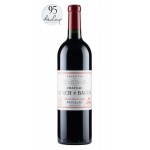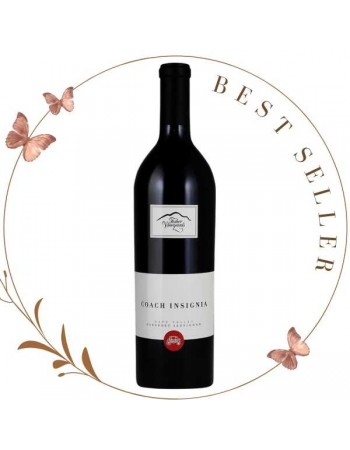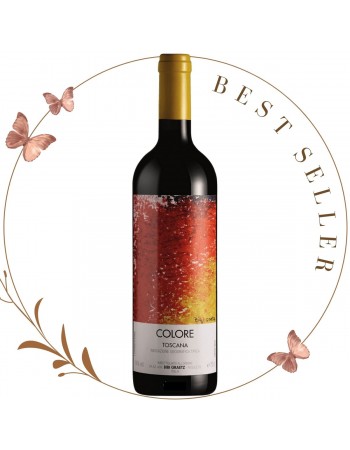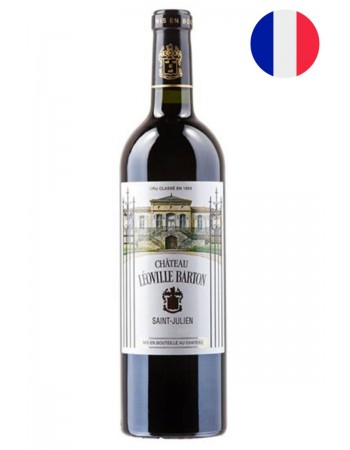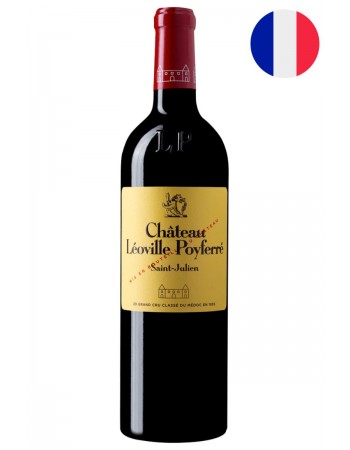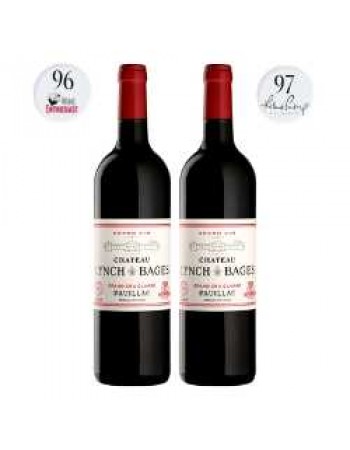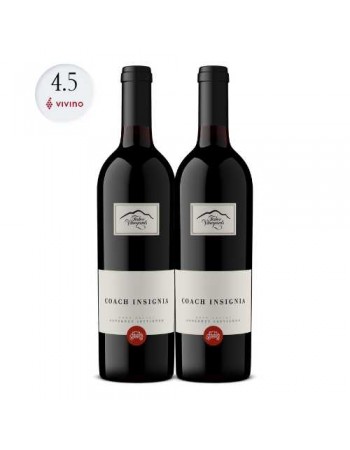2015 Chateau Lynch Bages
-
S$26195
-
- 2+ for S$25895 each

Vintage : 2015
Region : Pauillac
Country : France
Winemaker Notes
Daring, innovative and with a reputation for often being the last to harvest, Jean-Charles Cazes defined the style of Lynch-Bages in the 1930's. The wine's distinctive character has earned it a place amongst Pauillac's greatest. It combines structure, finesse and elegance, offering generous aromas in its youth and developing deeper complexities with bottle age.
About Winery
1855 Grand Cru Classe – 5th Growth The chateau was founded in the 18th century by the Liberal family. Most of the wines produced here were exported to the Netherlands and Belgium. Half of the wines of the chateau are planted just next to the First Growth Chateau Latour.
Overlooking the Gironde estuary at the entrance to Pauillac, the vines of Lynch-Bages are located on the Bages plateau, on one of the finest gravelly rises in the appellation. The estate once belonged to the famous Lynch family, of Irish origin, and was acquired by Jean-Charles Cazes in 1934. His grandson, Jean-Michel Cazes restructured the estate in 1974, adding state-of-the-art winemaking equipment, while keeping the former wooden vats as a reminder of the 19th century.
The grapes are all hand picked and then carefully sorted before crushing. A very strict selection is made prior to blending and the wine is traditionally aged in oak barrels before bottling.
Today, the winery is managed by Claire Villars Lurton. Under her management the estate has undergone complete renovation to organic and biodynamic vineyard management. The grounds of the chateau were fully renovated in 2018.
Winemaker Notes
Daring, innovative and with a reputation for often being the last to harvest, Jean-Charles Cazes defined the style of Lynch-Bages in the 1930's. The wine's distinctive character has earned it a place amongst Pauillac's greatest. It combines structure, finesse and elegance, offering generous aromas in its youth and developing deeper complexities with bottle age.
About Winery
1855 Grand Cru Classe – 5th Growth The chateau was founded in the 18th century by the Liberal family. Most of the wines produced here were exported to the Netherlands and Belgium. Half of the wines of the chateau are planted just next to the First Growth Chateau Latour.
Overlooking the Gironde estuary at the entrance to Pauillac, the vines of Lynch-Bages are located on the Bages plateau, on one of the finest gravelly rises in the appellation. The estate once belonged to the famous Lynch family, of Irish origin, and was acquired by Jean-Charles Cazes in 1934. His grandson, Jean-Michel Cazes restructured the estate in 1974, adding state-of-the-art winemaking equipment, while keeping the former wooden vats as a reminder of the 19th century.
The grapes are all hand picked and then carefully sorted before crushing. A very strict selection is made prior to blending and the wine is traditionally aged in oak barrels before bottling.
Today, the winery is managed by Claire Villars Lurton. Under her management the estate has undergone complete renovation to organic and biodynamic vineyard management. The grounds of the chateau were fully renovated in 2018.
96 Pts, Vinous
"One of the finest Pauillacs of 2015, Lynch-Bages is rich, racy and voluptuous. A rush of dark red and purplish stone fruit, mint, new leather, spice and blood orange give the 2015 a very decidedly exotic character that is impossible to miss. Raspberry jam, mocha, new leather and expressive floral notes appear with time in the glass, rounding things out nicely. Even though the 2015 is quite forward and open at this stage, the wine has plenty of stuffing as well as the underlying structure to support many years of exceptional drinking. This is a stellar showing for Lynch-Bages. (AG)"
92 Pts, Wine Advocate
"Medium to deep garnet-purple in color, the 2015 Lynch Bages offers up crushed black berries, black cherries and dried herbs with an earthy undercurrent. The medium-bodied palate is firm and taut with lively fruit and a chewy finish. (LPB)"


